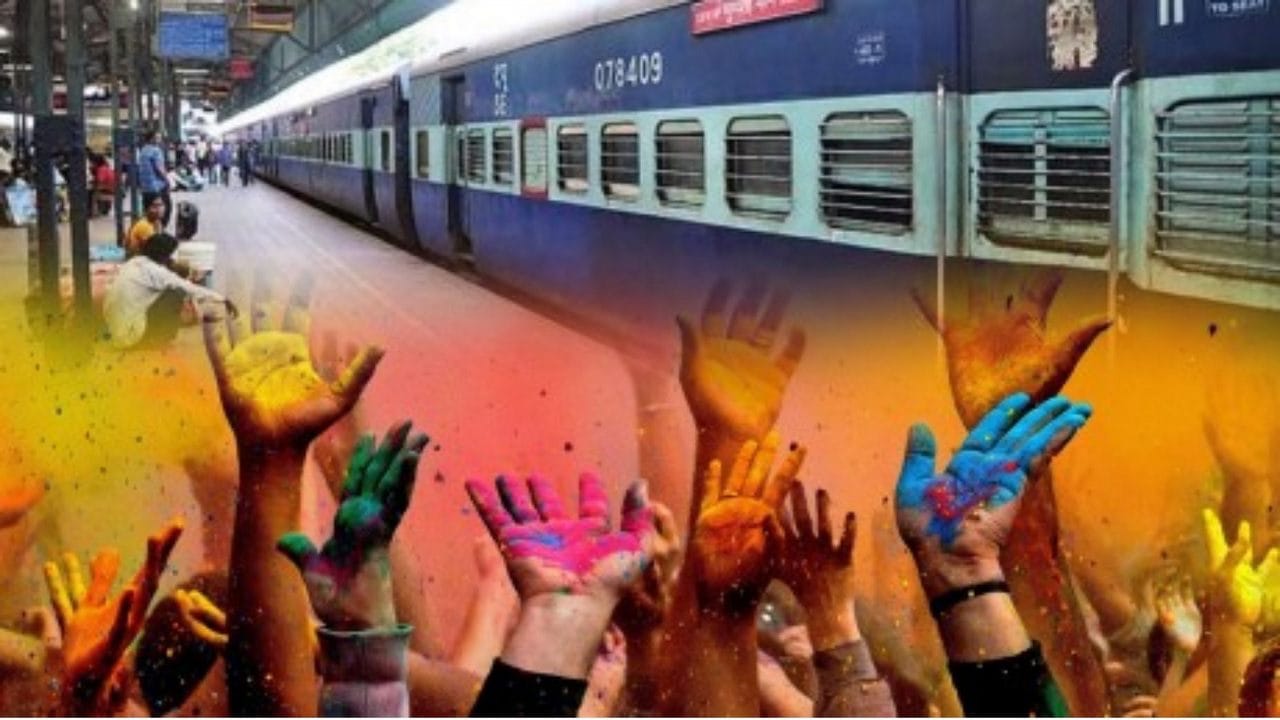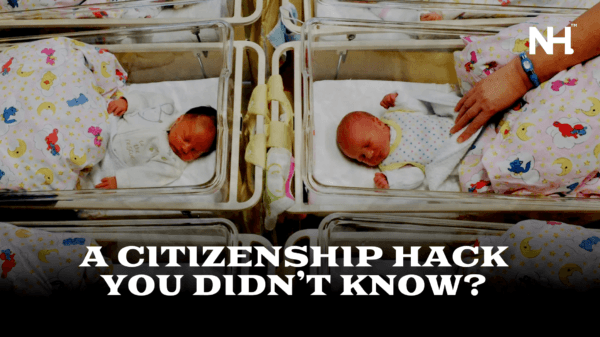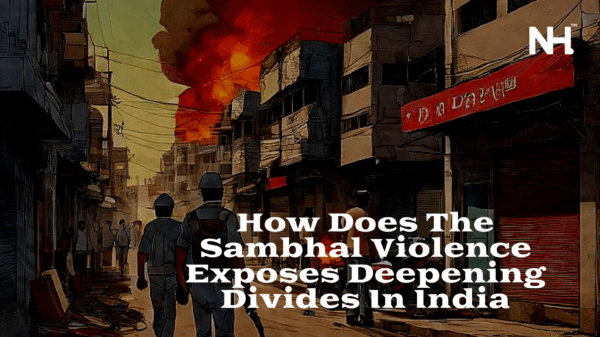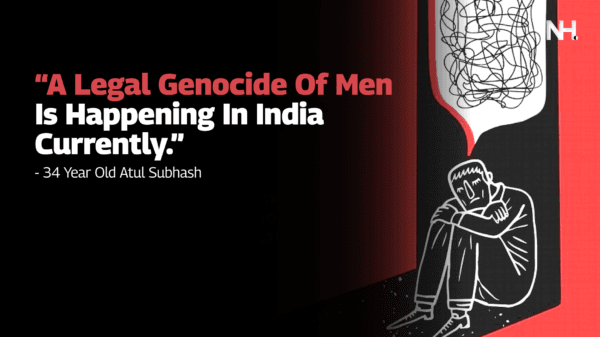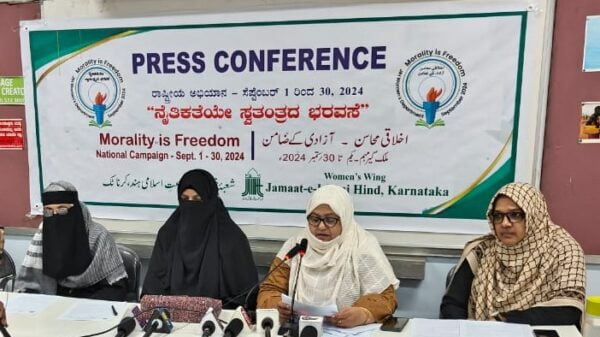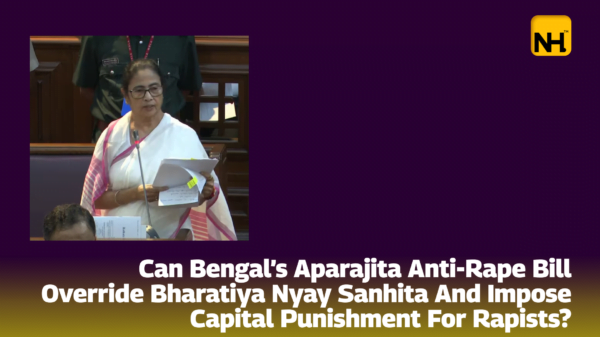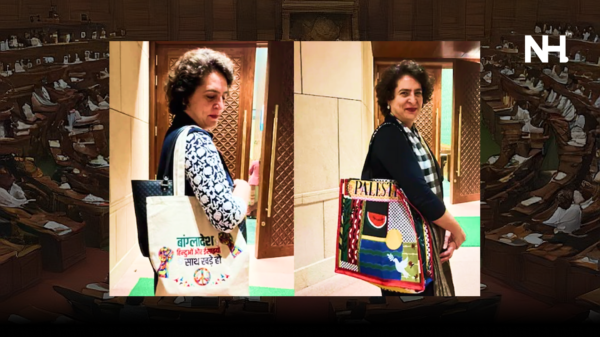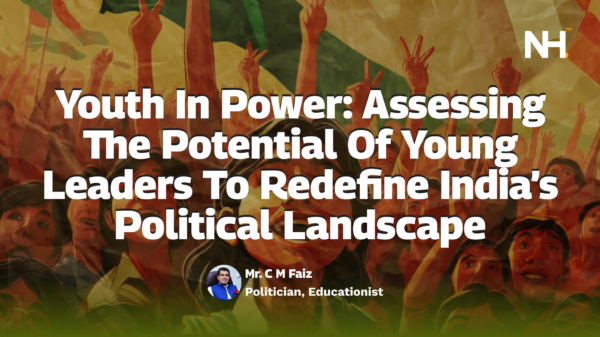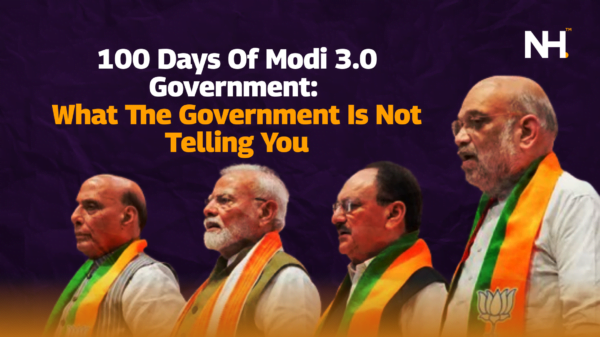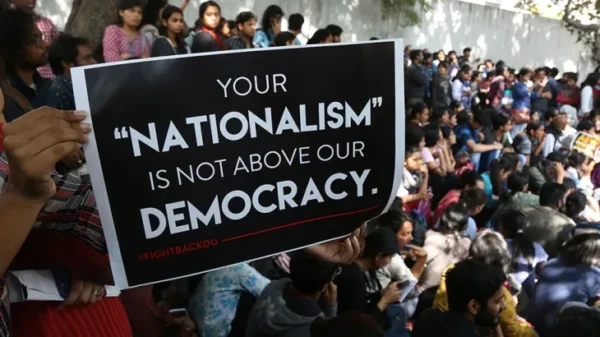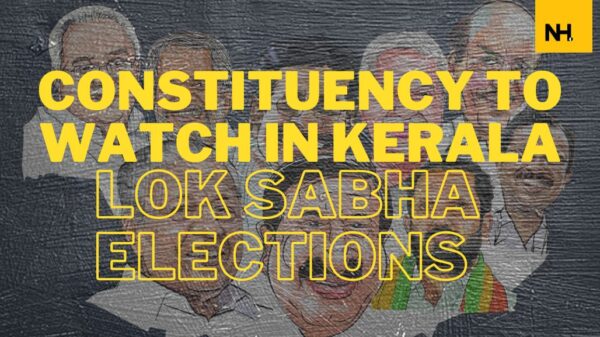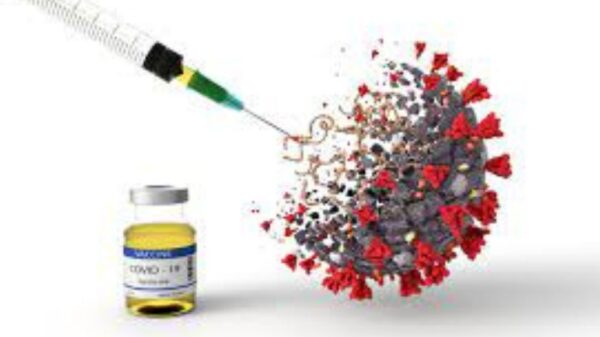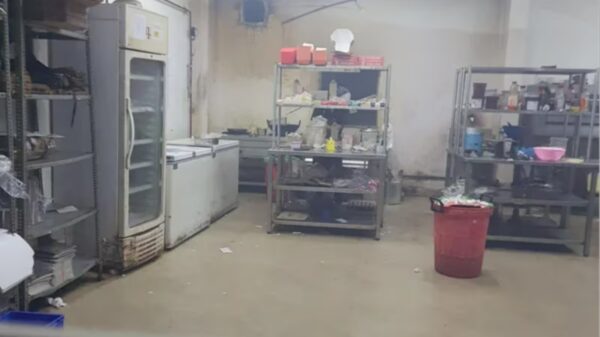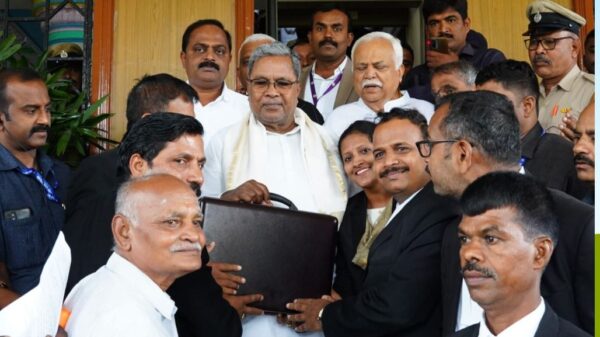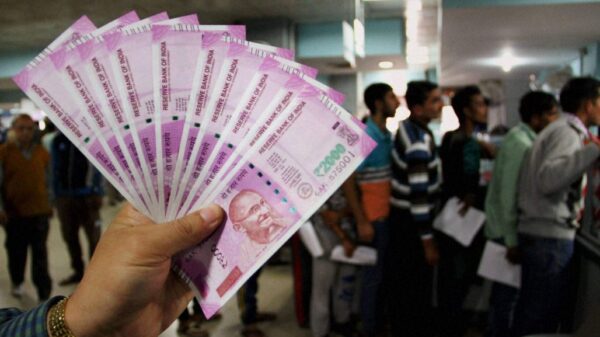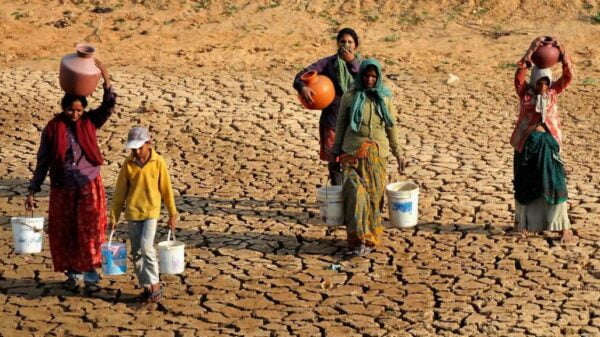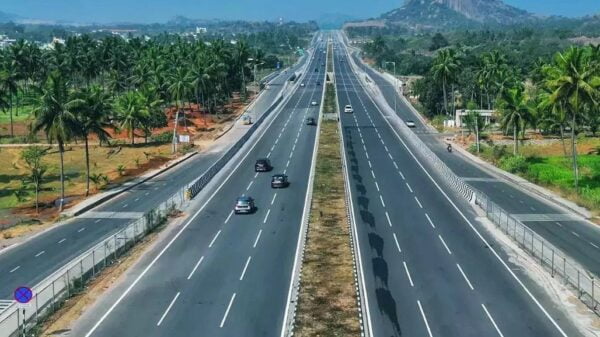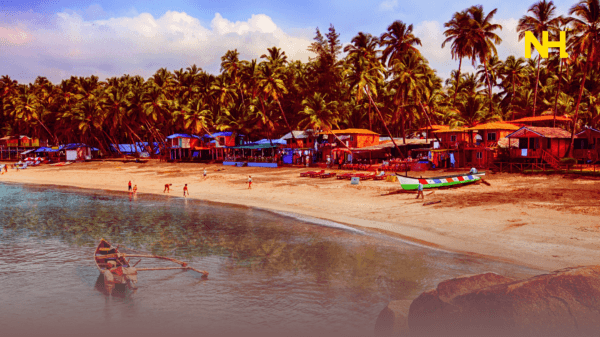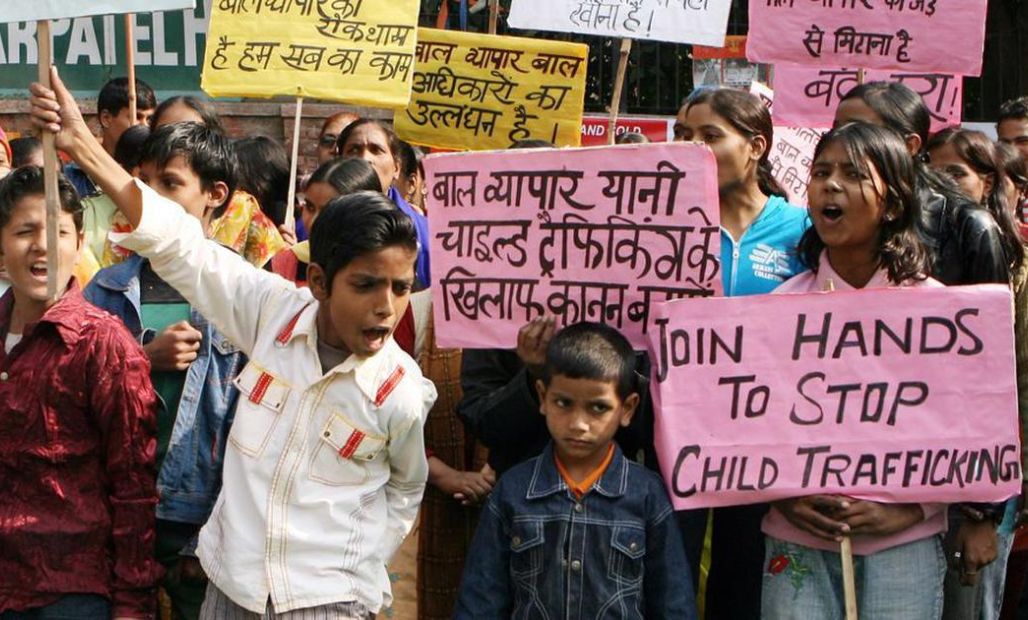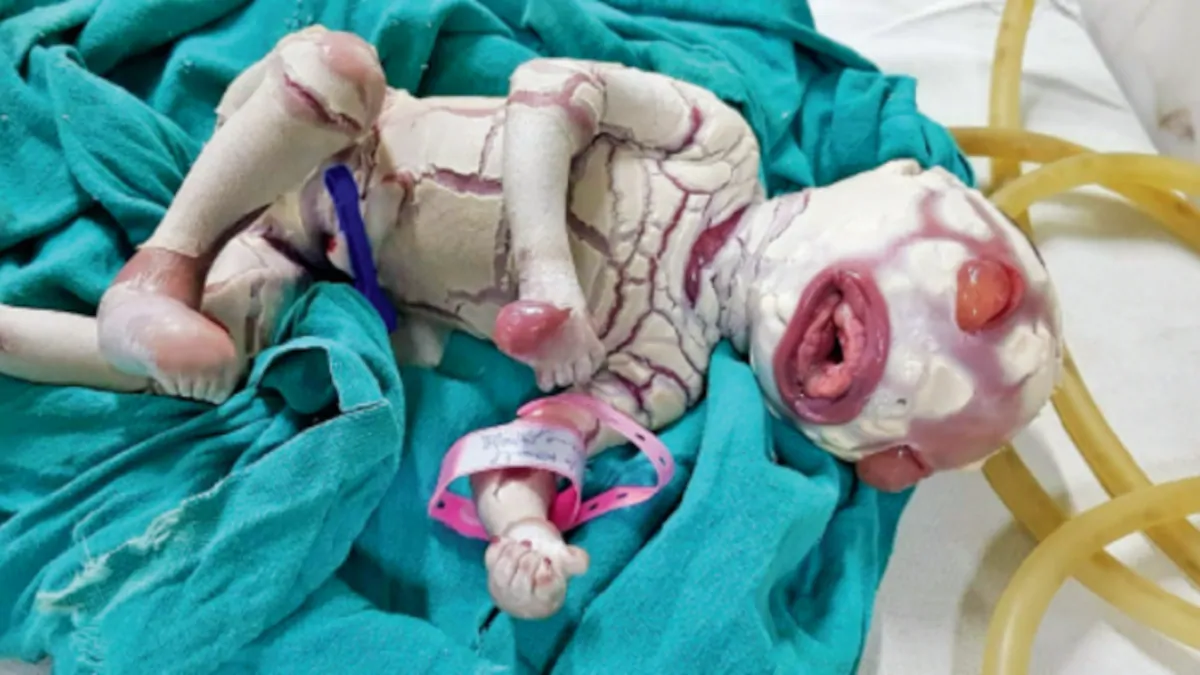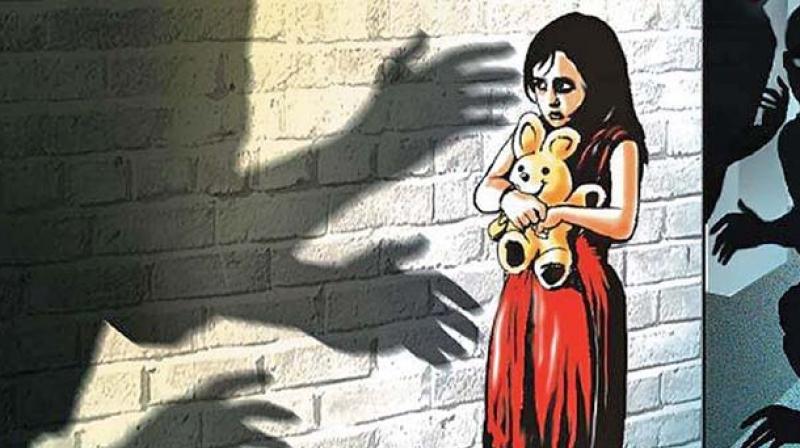A study examining the impact of the pandemic in India has unveiled a distressing escalation in child trafficking across several states.
The recently published ‘Child Trafficking Report in India,’ a collaborative effort by Games 24/7 and the Kailash Satyarthi Children’s Foundation (KSCF), has shed light on the alarming situation in Uttar Pradesh. The state experienced a significant surge in reported incidents, escalating from 267 during the pre-Covid phase (2016-2019) to a staggering 1,214 in the post-Covid phase (2021-2022). These statistics underscore the pressing need for targeted interventions to combat the rise in child trafficking.

Source: India Posts English
Between 2016 and 2022, Uttar Pradesh, Bihar, and Andhra Pradesh emerged as the state’s worst hit, reporting the highest incidence of trafficked children. On the other hand, Karnataka witnessed an alarming 18-fold surge in reported incidents, soaring from six in the pre-pandemic phase to 110 in the post-pandemic period. Rear Admiral Rahul Kumar Shrawat, MD of KSCF, acknowledged the grim numbers but emphasized the significant progress made in India’s efforts to combat child trafficking over the past decade.
The prompt and frequent intervention by both Central and state governments, along with law enforcement agencies like the Railways Protection Force and Border Security Force, has effectively curtailed the incidence of trafficked children. Simultaneously, their efforts in raising awareness have resulted in a noticeable increase in reported cases. These coordinated actions signify a significant step forward in the fight against child trafficking.

A Contrario ICL
The report identified Jaipur city as a prominent hotbed for child trafficking. Highlighting the concerning trend, it revealed that a majority of the trafficked children, aged between 13 and 18 years, were exploited in various industries. Disturbingly, the cosmetic industry was found to be engaging children as young as 5 to 8 years old, adding to the gravity of the situation. Urgent action is required to address this alarming situation and protect the rights of these vulnerable children.
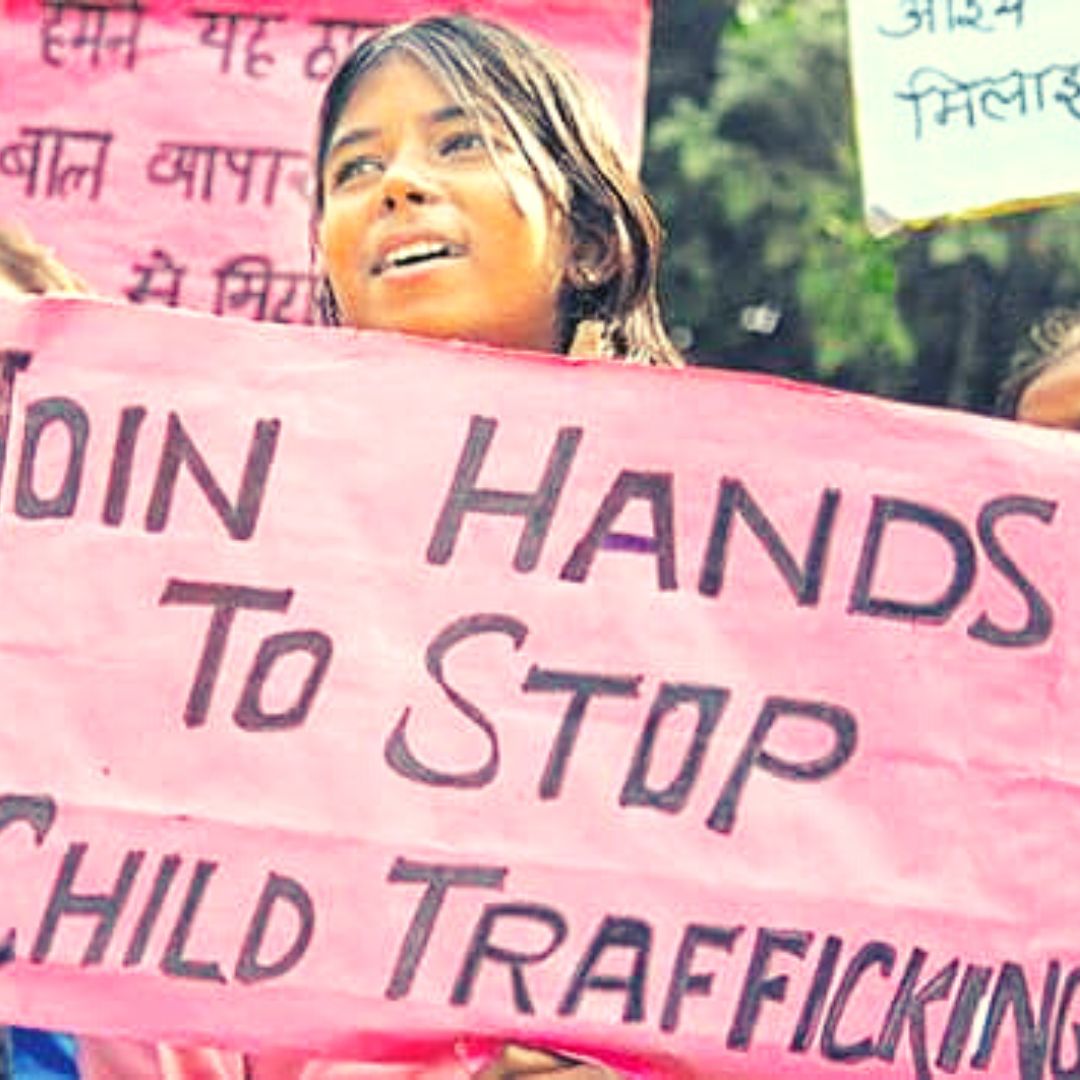
The Logical Indian
Approximately 80 percent of the rescued children were between the ages of 13 and 18 years. The majority of those rescued, 80 percent, fell within the adolescent age group of 13-18 years, while 13 percent were between 9 and 12 years old, and over 2 percent were younger than 9 years old. The findings underscore the critical need for targeted interventions to safeguard children of all ages from the clutches of trafficking.


